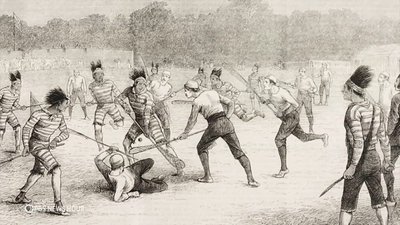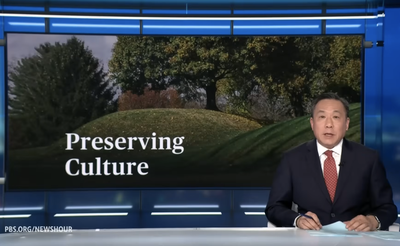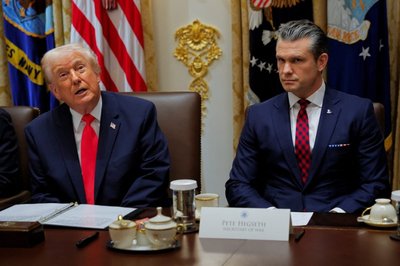NOTE: If you are short on time, watch the video and complete this See, Think, Wonder activity: What did you notice? What did the story make you think about? What would you want to learn more about?
SUMMARY
For decades, David Kelley has helped people unlock their creativity. A pioneer of design, he founded the Stanford d.school as a place for creative, cross-disciplinary problem solving. He reflects on the journey that shaped his belief that everyone has the capacity to be creative and his Brief But Spectacular take on creativity and design.
View the transcript of the story.
News alternative: Check out recent segments from the NewsHour, and choose the story you’re most interested in watching. You can make a Google doc copy of discussion questions that work for any of the stories here.
WARM-UP QUESTIONS
- Who is David Kelley, and what is his background?
- Why was Kelley interested in design for solving real problems from a young age?
- How does Kelley seek to unlock creativity in students?
- What is the Stanford d.school, and what kind of learning does it promote?
- What is the value of having people from different fields collaborate, according to Kelley?
ESSENTIAL QUESTIONS
Can you think of a time in your life when you designed a solution to a problem? It could be something you actually tried out or just something you imagined or sketched, whether practical or not.
- If so, what was your idea?
- What is a problem you encounter in everyday life that you'd like to fix, such as something that doesn't work as well as it should, or an everyday inconvenience?
Media literacy: Why do you think News Hour producers chose to highlight the career of David Kelley? What else would you want to know about his work?
WHAT STUDENTS CAN DO
As a classroom, discuss some of the problems you identified in the essential questions section. Vote on one problem that is interesting and meaningful to the whole class. Then, as individuals, brainstorm some solutions to the problem you've chosen:
- First, write down a few ideas.
- Next, sketch out your favorite idea/solution. Don't worry if it's a practical or possible solution or not — let your imagination run wild.
- Next, work in small groups. Have individuals present their sketches, and have other members of the group offer thoughtful feedback. How could each idea be enhanced? What additional features or functions could help better solve the problem?
- Finally, share some of each group's favorite ideas with the whole class. Discuss — who could you talk to to help make some of these ideas a reality?
Teachers: If you do the steps of the activity above, you've already started your students down the path of invention. Find more lessons and activities here for additional activities that might fit your classroom!

Sign up to receive our weekly newsletter with Daily News Lessons and community events.
To provide feedback on News Hour Classroom's resources, including this lesson, click here.





